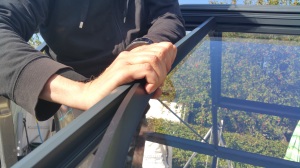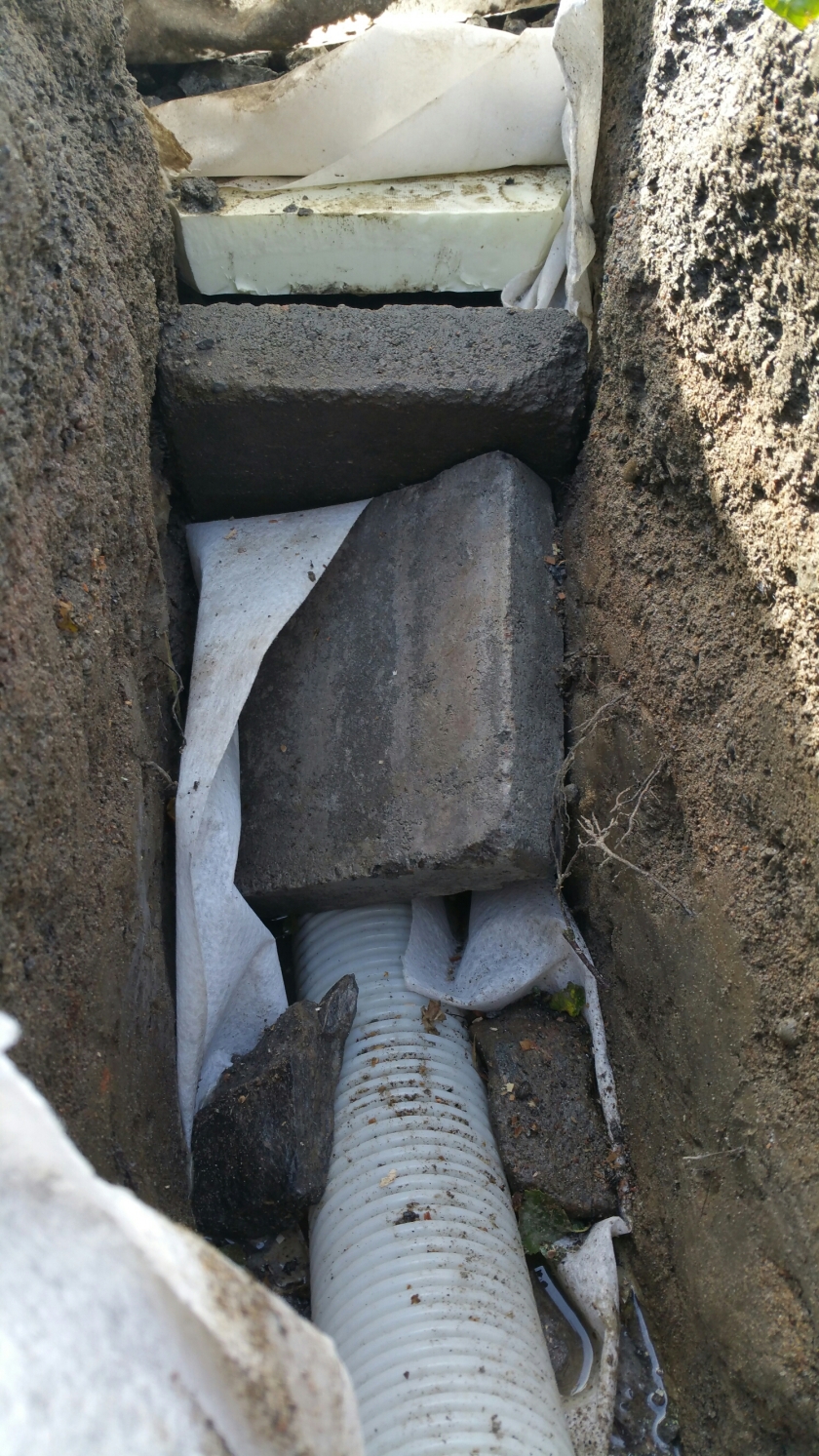[Our team collaborated in the Finnish Board of Education (OPH) working group in planning for the future education needs for game industry; the final report is now published.]
OPETUSHALLITUS
Tiedotusvälineille 16.9.2015 Julkaistavissa heti
Peliteollisuus tarvitsee monipuolista osaamista ja joustavaa oppimista
Suomalainen peliteollisuus tarvitsee lisää tuotteistamisen osaamista. Maailmanlaajuisilla markkinoilla tuotteiden pitää erottua hyvin, ja skaalautuvuus kohderyhmän mukaan eli kyky soveltaa samaa tuoteideaa eri kohderyhmille on tärkeää.
Eri aloille tuotettujen hyötypelien merkitys kasvaa koko ajan. Se edellyttää pelialalta hyötypelien suunnitteluosaamisen sekä pelillistämisen taitojen lisäksi kykyä hoitaa yrityksen sosiaalisia suhteita. Tällä hetkellä pelillistymisen näkökulmasta keskeisiä ovat opetus-, koulutus- ja hyvinvointialat, mutta pelien ja pelillisyyden hyödyntäjien joukko laajenee koko ajan.
Opetushallituksen toteuttamassa ennakointihankkeessa on kartoitettu peliteollisuudessa seuraavan 10– 15 vuoden aikana edellytettävää osaamista. Tulevaisuustyössä hyödynnettiin VOSE-ennakointimallia. Siinä asiantuntijaryhmä työskentelee ennakointityöpajoissa ja määrittelee alan keskeiset muutosvoimat, laatii vaihtoehtoisia skenaarioita ja johtaa niistä osaamistarpeita sekä ehdotuksia koulutuksen kehittämiseksi ammatillisessa koulutuksessa ja korkea-asteella. Ennakointiryhmä koostui usean koulutustoimikunnan edustajista sekä pelialan asiantuntijoista.
Teknologian kehityksen kannalta erityisen ajankohtaista on päälle puettaviin peleihin, sensori- ja anturiteknologiaan sekä lisättyyn todellisuuteen liittyvä osaaminen. Kehitys on kuitenkin valtavan nopeaa ja arvaamatonta. Sen takia alan ammattilaisilla täytyy olla valmius seurata ja tulkita teknologian kehityksen uusia tuulia aktiivisesti.
Kuten monilla muillakin aloilla, big datan ja data-analyytikan hyödyntäminen ovat tärkeitä myös peliteollisuudessa. Niiden avulla voidaan tunnistaa asiakkaan syvällisemmät tarpeet ja kehittää niihin yhä paremmin vastaavia tuotteita. Psykologiaa, käyttäytymistieteitä ja kuluttajatutkimusta tulisi hyödyntää pelialalla nykyistä enemmän. Asiakkaita koskevan tiedon käsittely edellyttää eettistä osaamista ja asiakaskunnan heterogeenisyys kulttuurien tuntemusta.
Peliteollisuuden työyhteisöt ovat hyvin monimuotoisia, mikä lisää monikulttuurisuuteen liittyvien taitojen merkitystä. Niiden jäseniltä edellytetään valmiuksia kehittää uudenlaisia yhteistyömuotoja eri toimijoiden välillä. Projektit koko ajan elävissä työyhteisöissä ovat nopeatempoisia, ja niissä tulee hallita ketteriin kehitysmenetelmiin perustuvia projektityökaluja. Luovan organisaation johtaminen poikkeaa perinteisestä autoritäärisestä johtamisesta.
Pelien luominen on monialaista yhteistyötä. Eri alojen opiskelijoita ja ammattilaisia tulee törmäyttää. Tähän voidaan koulutuksessa vaikuttaa esimerkiksi game jam- ja hackathlon-tyyppisten tapahtumien avulla sekä lisäämällä eri toimijoiden kesken toteutettavia projekteja. Mahdollisuutta valita sujuvasti opintoja eri aloilta ja asteilta tulee parantaa. Informaalin oppimisen merkitys pitää tunnustaa ja kehittää sen siihen uusia keinoja. Uusia toimintatapoja tulee kehittää myös oppilaitosten työelämäyhteistyöhön.
Peliteollisuuden osaamistarveraportti http://www.oph.fi/julkaisut/2015/peliteollisuuden_osaamistarveraportti
Lisätietoa Opetushallituksessa:
Opetusneuvos Ulla Taipale-Lehto, ulla.taipale-lehto@oph.fi, puh. 029 533 1207
Erityisasiantuntija Jukka Vepsäläinen, jukka.vepsalainen@oph.fi, puh 029 533 1450



































You must be logged in to post a comment.